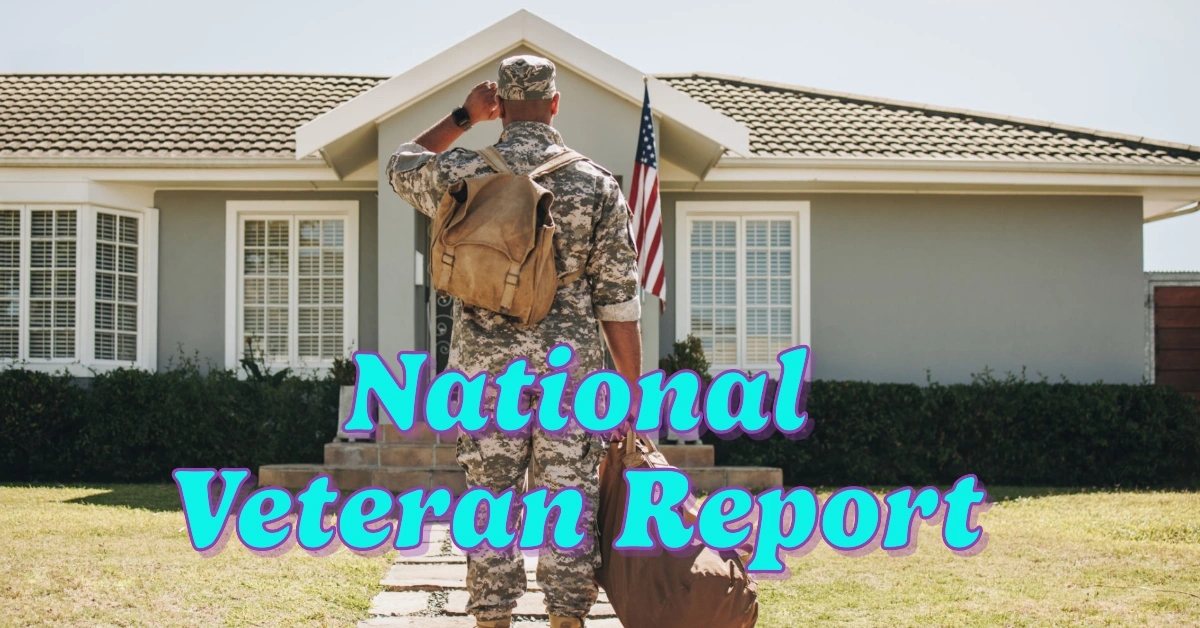
The 2024 National Veteran Suicide Prevention Annual Report provides a detailed analysis of Veteran suicide data spanning from 2001 to 2022, with the most recent data reflecting trends from 2022. This comprehensive report forms the cornerstone of efforts to address Veteran suicide, a critical clinical priority for the U.S. Department of Veterans Affairs (VA).
Table of Contents
VA’s Commitment to Preventing Veteran Suicide
Preventing Veteran suicide remains the VA’s top clinical priority. The department relies on evidence-based research and advanced suicide analytics to guide its programs and initiatives. The insights derived from the annual report represent the most robust and detailed data available regarding Veteran suicide, offering vital information to shape intervention strategies.
Key Findings on Veteran Suicide in 2022
The 2024 report highlights several significant findings related to Veteran suicide trends:
- Total Suicides: In 2022, there were 6,407 suicides among Veterans and 41,484 among non-Veteran U.S. adults.
- Daily Averages: On average, 131.2 suicides occurred per day among all U.S. adults, including 17.6 daily suicides among Veterans.
- VHA Care Impact: Of the 17.6 Veteran suicides per day, seven were among those who had received Veterans Health Administration (VHA) care in 2021 or 2022, while 10.6 were among Veterans who had not.
Anchors of Hope: Positive Trends in Suicide Prevention
Despite the challenges highlighted in the report, several areas of hope emerged in 2022:
Improved One-Year Change Rates
- Female Veterans: Suicide rates for female Veterans decreased by 24.1%, while rates among female non-Veteran U.S. adults increased by 5.2%.
- Male Veterans: Suicide rates for male Veterans rose by 1.6%, compared to a 1.8% increase among male non-Veteran U.S. adults.
Declines in Suicide Among Subgroups
- Younger Veterans (18-34): Suicide rates decreased by 3.8%.
- Female Veterans: Achieved a 24.1% decrease in age-adjusted suicide rates.
- Veterans with Mental Health Diagnoses in VHA Care (2001-2022):
- Anxiety: Down by 36.1%.
- Depression: Reduced by 34.5%.
- PTSD: Decreased by 31.6%.
- Alcohol Use Disorder: Fell by 13.7%.
- Other Subgroup Improvements (2021-2022):
- Veterans with cancer diagnoses saw a 16.7% reduction.
- Veterans recently diagnosed with COVID-19 experienced a 26.0% drop in suicide rates.
- Homeless Veterans achieved a 19.1% reduction in suicide rates.
- Transitioning Service Members (2021 Cohort): Suicide rates for transitioning service members fell to 46.2 per 100,000.
Impact of the Veterans Crisis Line
Veterans who contacted the Veterans Crisis Line showed a 22.5% lower suicide rate in the month following their outreach compared to 2019.
Pathways to Reducing Veteran Suicide
The report underscores that while progress has been made, there is still much work to be done. The VA highlights several focus areas to advance suicide prevention efforts:
- Promoting Secure Firearm Storage: Encouraging safe storage practices to reduce impulsive actions.
- Building Community Collaborations: Strengthening partnerships with local organizations to provide holistic support.
- Expanding Crisis Intervention Services: Broadening access to immediate, lifesaving resources.
- Tailoring Prevention and Intervention Services: Adapting programs to meet individual Veteran needs.
- Advancing Non-Clinical Supports: Integrating suicide prevention strategies into broader wellness initiatives.
- Enhancing Mental Health Care Access: Providing comprehensive, accessible mental health care.
- Integrating Prevention in Medical Settings: Embedding suicide prevention within routine medical care.
Additional Resources: State-Level Suicide Data
To complement the national report, the VA has released state-level data sheets. These resources include:
- The number of Veteran suicide deaths.
- Suicide rates by age group.
- Methods of suicide.
- Comparisons of state, regional, and national trends.
Supporting Veterans in Crisis
Preventing Veteran suicide is a collective effort that requires involvement from communities, organizations, and individuals. Each action contributes to creating a compassionate and supportive environment where Veterans feel valued and hopeful.
Leave a Reply